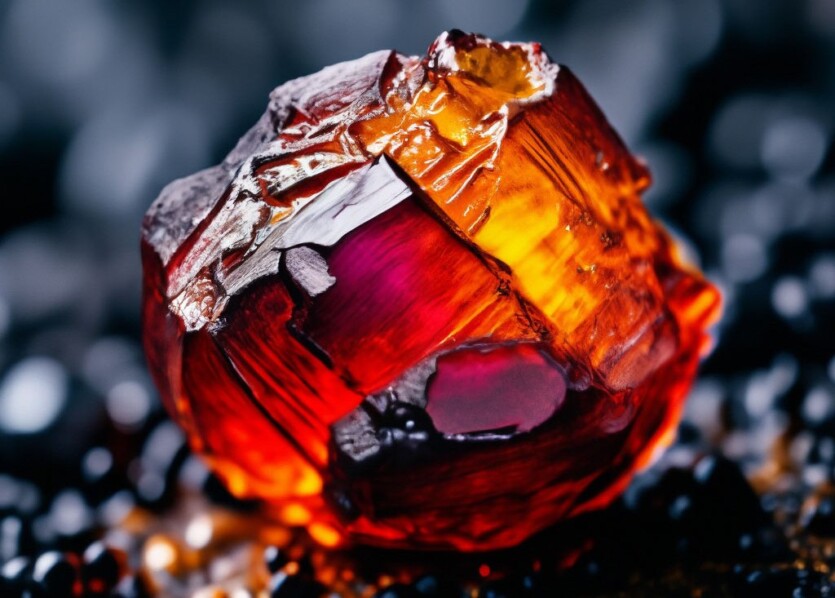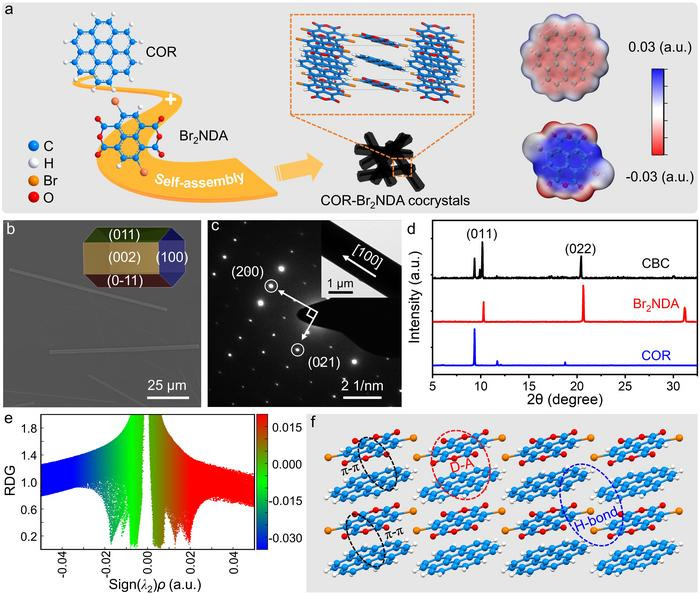
Chinese scientists have developed a new class of photothermal cocrystal, which significantly increase efficiency solar thermoelectric generators.
A group of researchers from Nanchang University, Suzhou University, and Nanjing University in China used the open-shell radical Br₂NDA as an electron acceptor to design and synthesize a photothermal charge transfer cocrystal —coronene-Br₂NDA (CBC).
When mixing the coronene and Br₂NDA these substances form needle-like micro-rods using a simple solution-based method. A highly crystalline structure with exceptional properties is formed to light absorption and converting it into thermal energy.
According to the lead author of the study, a graduate student in materials science at Nanjing Sheng Zhou University, a cocrystal with a coronene heated up to 86°C in a matter of seconds under the influence of near-infrared light at 808 nm. Its photothermal conversion efficiency reached 67.2%, which exceeded the performance of previously reported photothermal materials. At the same time, the crystal demonstrated high thermal stability and constant performance after many repeated heating and cooling cycles.
«A series of sophisticated analyses including X-ray diffraction, electron diffraction in the selected region, UV-visible absorption, photoluminescence, infrared Fourier transform infrared spectroscopy and nuclear magnetic resonance in the solid state provided convincing evidence of a strong charge interactions between COR and Br₂NDA», — the researchers note.

A careful study of the behavior of the cocrystal structures has demonstrated a strong charge transfer interaction between its components. The researchers found that the cocrystal absorbed light in a wide spectrum of 350-1100 nm, showing a red shift compared to its individual parts, and also showed almost complete quenching of photoluminescence as one of the key evidence of efficient radiation-free energy transitions.
«Under the influence of laser irradiation with a wavelength of 808 nm at a power of 0,367 W/cm–2 The prepared co-crystal reached an equilibrium temperature of 86°C in a few seconds The efficiency of 67.2% was calculated using a reliable method that outperforms many organic photovoltaic materials reported before», — the researchers emphasize.
To test the effectiveness of this crystal in practice, the researchers integrated it into a transparent resin to create photothermal ink that could then be applied to the surface of a thermoelectric generator. When simulating solar irradiation equivalent to two suns, the generator with this coating heated up to 70.3°C and produced an output voltage of 209 mV, which is 375% higher than that of a similar uncoated oscillator.
The device also proved to be promising in the field of communications with the help of light By modulating the intensity and duration of the laser beam, the researchers demonstrated the ability to send encoded signals such as Morse code through near-infrared light.
The results of the study are published in the journal National Science Review
Source: Interesting Engineering

Spelling error report
The following text will be sent to our editors: